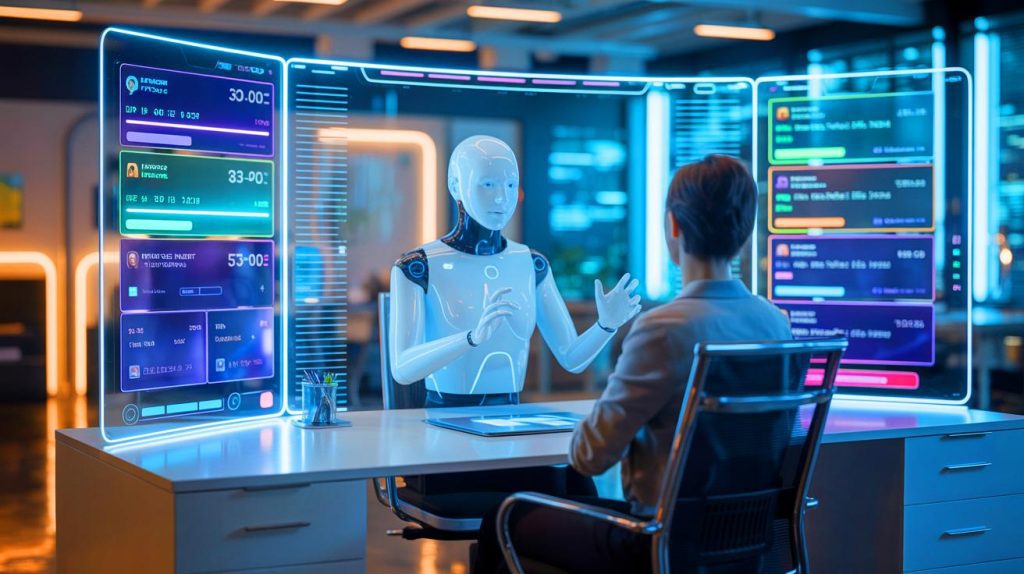In Summary
- 🔍 OpenAI has launched a long-term memory feature in ChatGPT, enhancing the personalization of AI interactions.
- ⚙️ Users can activate memory through Settings > Personalization > Memory, allowing ChatGPT to remember and retrieve information.
- 🛡️ Users maintain control of their data privacy, with options to view, modify, or erase specific memories.
- 🌟 Enhanced personalization establishes a new standard, making ChatGPT a more valuable digital companion.
In the fast-paced realm of artificial intelligence, OpenAI has made a pivotal advancement with a transformative update to ChatGPT. The introduction of a long-term memory feature is poised to change users’ interactions with this AI, providing a more customized and immersive experience. This functionality enables ChatGPT to recall information from previous conversations, making exchanges feel more tailored and pertinent. In this exploration of this exciting upgrade, we’ll examine how it boosts ChatGPT’s capabilities and what it signifies for the future of AI.
Transforming Interaction with Long-Term Memory
The new long-term memory feature in ChatGPT represents a significant breakthrough for users desiring a more engaging and personalized interaction. Previously, ChatGPT’s memory was confined to single sessions, limiting the connectedness of conversations. Now, with long-term memory, ChatGPT can remember particular details from past exchanges, functioning more effectively as a personal assistant.
This feature carries substantial implications for user engagement. For example, if ChatGPT remembers your food preferences or fitness goals, it can provide relevant advice and suggestions over time. This capability to evolve based on accumulated information allows ChatGPT to deliver responses that are not just precise, but also relevant to the user’s personal journey, embedding itself more deeply in daily tasks and ongoing projects.
Activating ChatGPT’s Memory Feature
To fully utilize ChatGPT’s memory capabilities, users must actively enable the feature. It is not set to activate by default; users can turn it on by navigating to Settings > Personalization > Memory. Once the memory feature is activated, users can prompt ChatGPT to remember specific information using phrases like “Remember that…”. This simple prompt opens up a pathway to a more customized interaction. For instance, stating “Remember that I am a vegetarian” allows ChatGPT to provide tailored meal suggestions. Similarly, sharing workout routines can help the AI give relevant fitness advice.
Managing Memory and Ensuring Data Privacy
Although the memory feature significantly enhances ChatGPT’s functionality, it raises important questions regarding privacy and data management. OpenAI addresses these concerns by allowing users extensive control over what information ChatGPT retains. In the settings menu, users can review, modify, or delete individual memories, ensuring that only information they choose to keep is stored.
This level of control is vital for protecting privacy. Users have the option to erase all stored information, thereby resetting their interactions as necessary. This flexibility not only builds trust in AI systems but also empowers users to interact with ChatGPT under their own terms. As AI technology continues to advance, balancing innovative capabilities with user control will be essential for fostering trust and ensuring AI remains a helpful resource in daily life.
The Future of Personalized AI Interaction
The addition of long-term memory in ChatGPT signifies a notable milestone in the development of AI technology. By facilitating personalized interactions, ChatGPT sets a benchmark for forthcoming AI systems that are not just intelligent but also intricately woven into users’ lives. This improvement aligns with a broader vision of AI as a companion that evolves alongside the user, adapting to their needs and preferences.
Looking ahead, the potential uses for this technology are vast, encompassing everything from customized educational tools to personalized customer service. AI with long-term memory could profoundly reshape how we engage with technology. The pivotal question remains: how will personalized AI integration transform human-AI interaction, and what new avenues will it unveil for innovation and progress?



